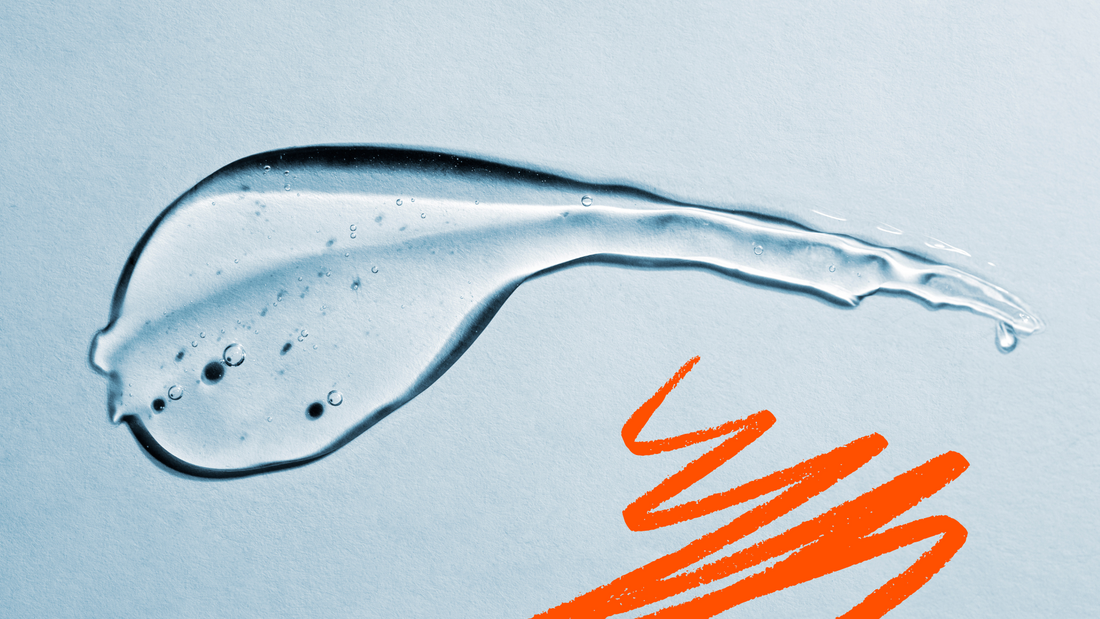The Best Lubes to Use with Your Sex Toys: A Complete Guide
Tina Matthews
When it comes to enhancing pleasure, lube is a game-changer. But not all lubes are created equal—especially when pairing them with sex toys. Using the wrong lubricant can damage your toy, make cleanup a nightmare, or even pose health risks. So, what’s the best lube to use with your sex toys? Let’s break it down by type, material compatibility, safety considerations, and toy maintenance.
The Different Types of Lubes
Before diving into what works best for your toys, let’s cover the three main types of lubricants:
Water-Based Lubricants
✅ Compatible with all sex toy materials
✅ Easy to clean, non-staining
✅ Feels natural and safe for sensitive skin
❌ Dries out faster than silicone-based lubes
Best for: Any and all sex toys, especially those made of silicone, TPE, or latex.
Silicone-Based Lubricants
✅ Long-lasting, ultra-slick feel
✅ Great for anal play and water play
❌ Not compatible with silicone toys (can degrade the material)
❌ Harder to clean than water-based lubes
Best for: Glass, metal, ABS plastic, and ceramic toys.
Oil-Based Lubricants
✅ Super slick and long-lasting
✅ Works well for external stimulation
❌ Can degrade latex condoms and some toy materials
❌ Can be difficult to clean and may stain fabrics
Best for: Glass and metal toys—but use with caution.
Lube Compatibility by Sex Toy Material
To keep your toys in top shape, here’s a quick guide to lube compatibility:
| Toy Material | Best Lubes | Avoid |
|---|---|---|
| Silicone | Water-based | Silicone-based |
| Glass | Water, Silicone, Oil | — |
| Metal | Water, Silicone, Oil | — |
| ABS Plastic | Water, Silicone | — |
| TPE/TPR | Water-based | Oil-based, Silicone-based |
| Latex | Water-based | Oil-based |
If you're unsure, always opt for water-based lube—it’s the safest, most versatile option.
Lube Safety Tips
- Read the Ingredients: Avoid lubes with glycerin, parabens, or other irritants if you have sensitive skin.
- Check Expiry Dates: Old lube can become sticky, clumpy, or even host bacteria.
- Patch Test New Lubes: If you’re trying a new lube, do a small patch test on your skin first to avoid unexpected reactions.
Toy Cleaning & Lube Removal
Lube residue can trap bacteria, so proper cleaning is essential. Here’s how to do it right:
- Rinse Immediately: After use, rinse your toy with warm water to remove excess lube.
- Use a Toy Cleaner: A body-safe toy cleaner, like Toy Cleaner X, helps remove bacteria and buildup.
- Avoid Harsh Soaps: Regular hand soap can degrade toy materials over time.
- Air Dry or Pat Dry: Let your toy air dry or pat it dry with a lint-free towel before storing it.
Final Thoughts
The right lube can take your solo or partnered play to the next level—just make sure it’s compatible with your toys! Water-based lubes are the safest all-around choice, but silicone or oil-based options can work for specific materials. And don’t forget: keeping your toys clean extends their lifespan and keeps things safe.
Need high-quality, body-safe lubes? Check out our curated lubes selection and find the perfect match for every way you play.




